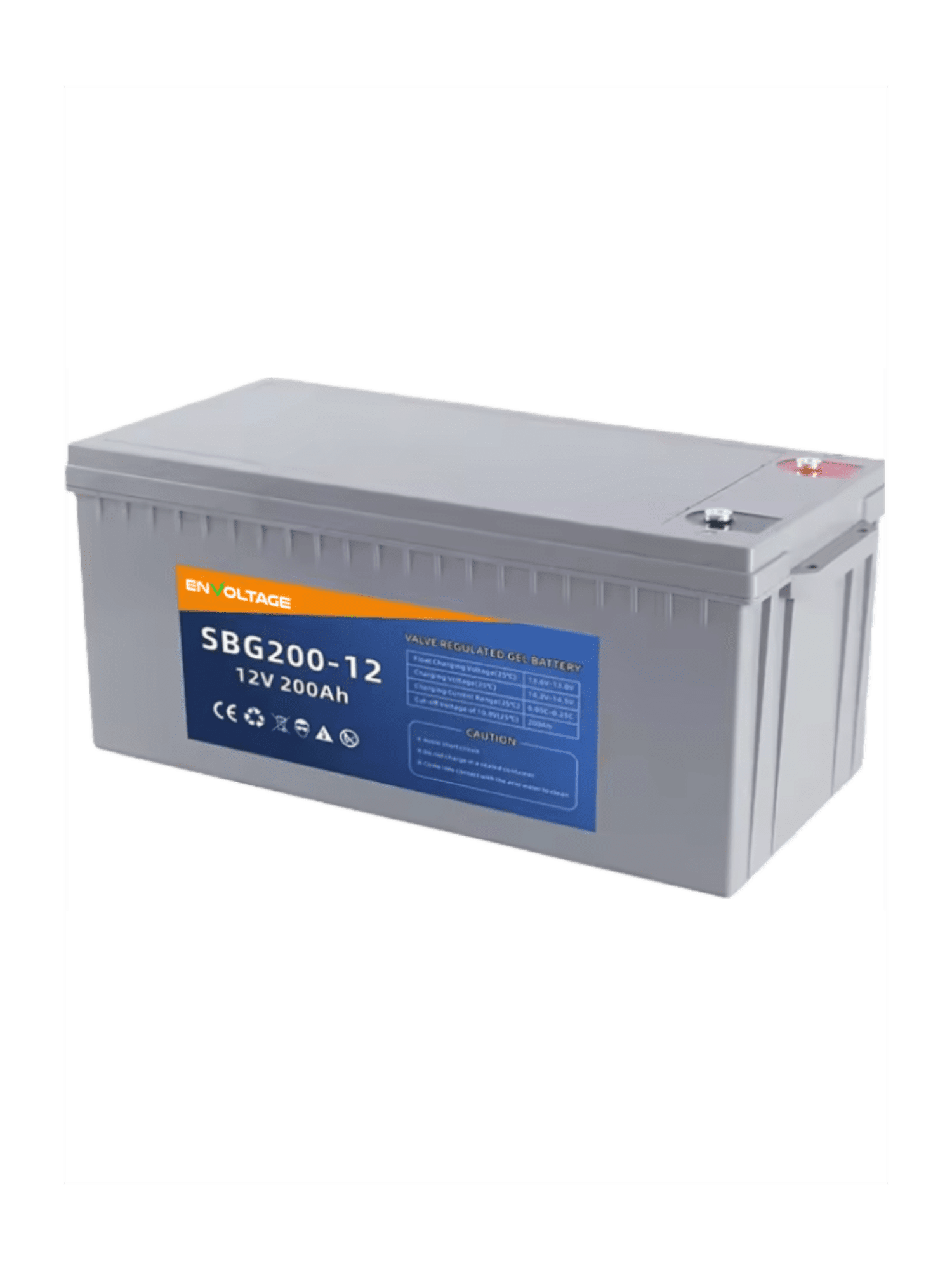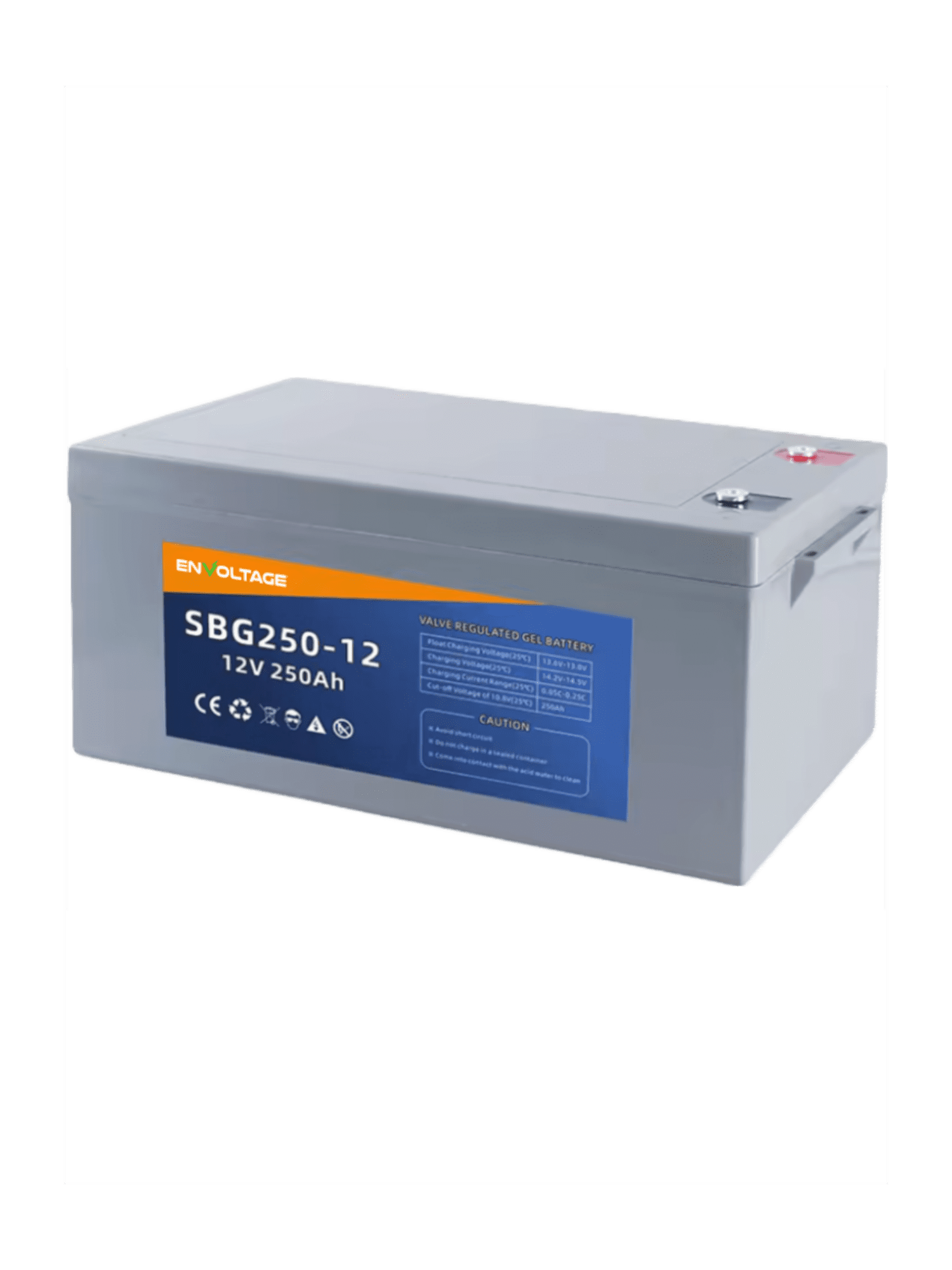LiFePO4 batteries excel in longevity, energy density, and safety, while AGM batteries offer convenience, fast charging, and reliability. Both LiFePO4 and AGM batteries have their unique advantages, making them suitable for different scenarios.
AGM Lead Acid Gel Batteries
LiFePO4 Battery Packs
Learn More
Have questions or need help? Use this form to reach out and we will be in touch with you as quickly as possible.
Battery Technologies for Energy Storage Systems: AGM, Lead-Acid, Gel, and LiFePO₄
Welcome to our knowledge base on battery chemistries used in modern energy storage systems.
Understanding the differences between AGM, lead-acid, gel, and LiFePO₄ (lithium iron phosphate) batteries helps you choose the right energy solution for your application — whether it’s residential, commercial, or off-grid.
Overview of Battery Types
Energy storage systems use various battery chemistries, each with unique strengths and limitations.
The most common categories include:
- Flooded Lead-Acid (FLA) — traditional and cost-effective but requires maintenance.
- AGM (Absorbed Glass Mat) — sealed, maintenance-free lead-acid variant.
- Gel (Gel-Cell Lead-Acid) — sealed, deep-cycle design for stable, low-rate discharge.
- LiFePO₄ (Lithium Iron Phosphate) — modern lithium-ion chemistry known for high efficiency, long life, and safety.
1. Flooded Lead-Acid Batteries
Overview:
The oldest and most established rechargeable battery type, flooded lead-acid (FLA) batteries use liquid electrolyte (sulfuric acid) and lead plates.
Advantages:
- Low upfront cost
- Proven and widely available technology
- Tolerates overcharging better than sealed batteries
Limitations:
- Requires regular water refilling and maintenance
- Must be installed upright and in ventilated areas
- Shorter cycle life (typically 500–1,000 cycles)
Best For:
Off-grid systems where cost is the main priority and maintenance access is available.
2. AGM (Absorbed Glass Mat) Batteries
Overview:
AGM batteries are a type of sealed lead-acid (SLA) battery. The electrolyte is absorbed into fiberglass mats, making the battery spill-proof and maintenance-free.
Advantages:
- Maintenance-free and non-spillable
- Lower internal resistance for faster charging
- Performs well in cold temperatures
- Can be mounted in multiple orientations
Limitations:
- More expensive than flooded batteries
- Shorter lifespan than lithium-based chemistries
- Sensitive to deep discharge and overcharging
Best For:
Backup power, UPS systems, and moderate daily cycling in homes or small commercial systems.
3. Gel Batteries
Overview:
Gel batteries use silica to turn the electrolyte into a thick gel. They are fully sealed, deep-cycle capable, and resistant to vibration and temperature changes.
Advantages:
- Excellent deep-cycle performance
- Very low self-discharge rate
- Long shelf life and stable in high heat
- Maintenance-free operation
Limitations:
- Cannot handle high charge or discharge currents
- Requires precise charging voltages to prevent damage
- Higher cost than AGM lead-acid batteries
Best For:
Remote power systems, telecom sites, and moderate off-grid applications with low, steady loads.
4. LiFePO₄ (Lithium Iron Phosphate) Batteries
Overview:
LiFePO₄ is a modern lithium-ion chemistry known for its exceptional safety, efficiency, and long lifespan. It’s increasingly used in residential, commercial, and mobile energy storage systems.
Advantages:
- Extremely long cycle life (3,000–10,000+ cycles)
- High round-trip efficiency (≈95%)
- Lightweight and compact design
- Maintenance-free and deep-discharge capable
- Enhanced safety — thermally stable, non-combustible chemistry
Limitations:
- Higher upfront cost (offset by longer lifespan)
- Requires a compatible Battery Management System (BMS)
- Performance can degrade in extreme cold (requires heating for subzero climates)
Best For:
Residential and commercial solar + storage, off-grid cabins, RVs, and backup systems where longevity and performance are key.
Battery Comparison Summary
| Feature | Flooded Lead-Acid | AGM | Gel | LiFePO₄ |
|---|---|---|---|---|
| Maintenance | Regular water refills | None | None | None |
| Cycle Life | 500–1,000 | 600–1,200 | 700–1,500 | 3,000–10,000+ |
| Efficiency | 70–80% | 80–85% | 80–85% | 95–98% |
| Cost | Low | Moderate | Moderate | Higher upfront, lower lifecycle cost |
| Weight | Heavy | Heavy | Heavy | Lightweight |
| Ideal Use | Budget off-grid | Backup/UPS | Remote/steady loads | Solar, off-grid, residential, C&I |
Choosing the Right Battery Technology
When selecting a battery for your energy storage system, consider:
- Application: daily cycling vs. backup-only use
- Budget: initial cost vs. lifetime cost of ownership
- Space and weight limitations: lithium saves up to 70% weight
- Maintenance capability: sealed or maintenance-free preferred for homes
- Lifespan and efficiency: critical for solar and long-term investments
In most modern systems, LiFePO₄ provides the best long-term value and performance, though AGM or Gel options remain practical for low-duty or budget-conscious applications.
Safety and Handling
- Always use a compatible charger or inverter matched to the battery chemistry.
- Avoid overcharging, deep discharging, or high-temperature operation.
- Install in a well-ventilated, dry environment.
- Follow manufacturer data sheets for charge voltage and temperature range.
- Recycle batteries responsibly through certified recycling programs.
Frequently Asked Questions
Can I replace my lead-acid batteries with LiFePO₄?
Yes, most systems can be upgraded with lithium batteries, but ensure voltage compatibility and BMS integration.
Do AGM and Gel batteries need ventilation?
While sealed, they should still be installed in areas with airflow to prevent gas accumulation during overcharge.
Which battery type lasts the longest?
LiFePO₄ offers the highest cycle life — often 5 to 10 times longer than AGM or Gel.
Are lithium batteries safe?
LiFePO₄ chemistry is one of the safest lithium types, with excellent thermal stability and no risk of thermal runaway when properly managed.








